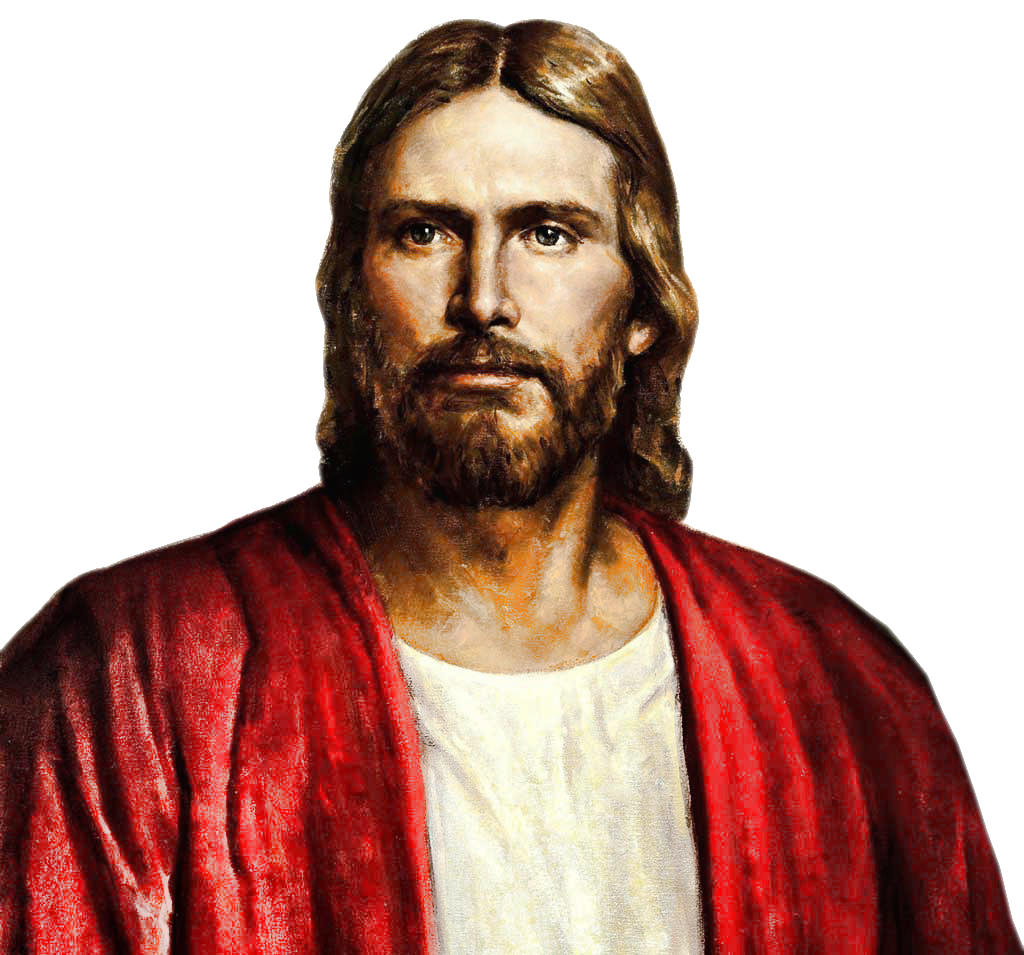Throughout the history of Christianity, the image of Jesus on the cross has served as a profound symbol of sacrifice, redemption, and the divine love of God for humanity. These representations, ranging from classical art to contemporary interpretations, evoke deep emotional responses and encourage introspective reflection on the theological significance of the crucifixion. This article will explore the various facets of these iconic images, encompassing their historical development, thematic diversity, and the influence they wield over Christian thought and practice.
In examining the historical context, it is crucial to understand that the portrayal of Christ on the cross has evolved significantly over time. Early Christians were often hesitant to depict the crucifixion graphically, opting instead for more abstract representations that conveyed resurrection and victory over death. However, as Christianity gained acceptance, particularly post-Constantine, the crucifixion became a central theme in Christian art. The iconic image of the crucified Christ began to emerge prominently in Byzantine art. These early representations, characterized by a somber and austere aesthetic, signify the grave nature of sin and the solemnity of Christ’s sacrifice.
By the medieval period, a shift occurred as artists began to embrace a more humanistic approach to the crucifixion. Artists such as Giotto and Cimabue introduced poignant realism into their works, presenting Jesus as a figure of deep compassion and suffering. The emotional resonance of these images has been noted for its capacity to evoke empathy within the viewer. The visceral elements of agony portrayed in these artistic renditions invite the beholder to confront the weight of sin and the notion of sacrificial love. This association of pain with beauty is a hallmark of the Gothic period, profoundly influencing worship practices and personal devotion.
In addition to these historical developments, the thematic diversity of crucifixion imagery is noteworthy. Representations of Jesus on the cross can be found in various forms, each offering unique insights. The “crucifix,” for instance, is a cross that features a full representation of the suffering Christ. In contrast, the “empty cross” symbolizes resurrection and hope, emphasizing the triumph over sin and death. Each interpretation, while distinct, brackets a core Christian tenet: the ultimate sacrifice of Jesus as a path to eternal life for believers.
Moreover, allegorical representations frequently emerge in artistic descriptions of the crucifixion. Consider the depiction of Christ within the context of the Lamb of God, a recurrent theme throughout biblical scripture. This representation correlates Jesus’s sacrifice with the Passover Lamb, ingraining the concept of atonement within the fabric of Christian belief. Such interpretations often invite deeper theological contemplation about the economy of redemption and the interconnectedness of the Old and New Testaments.
Art transcends mere aesthetic value, often serving as a didactic tool. Within liturgical settings, images of the crucified Christ function to enlighten the faithful about inclusion in the redemptive narrative of the Gospel. When featured in a church, these images map out the theological landscape that contextualizes Christian ritual, reinforcing believers’ identities and collective memory of Christ’s suffering. As worshippers engage with these representations, they partake in a communal journey, tracing the footsteps of Christ from suffering to exaltation.
The modern era has invited a plethora of innovative interpretations of Jesus on the cross. Contemporary artists, such as Salvador Dalí and Jürgen Klauke, engage with the crucifixion theme through modern perspectives, often incorporating abstract methodologies and unconventional materials. This approach questions the specter of traditional representations while pushing the boundaries of iconography. Such works challenge viewers to reassess their understanding of sacrifice, suffering, and the human condition in the face of contemporary struggles.
In addition to painting and sculpture, the motif has also permeated various other artistic forms, including film, literature, and music. The crucifixion theme resonates deeply within these mediums, often invoking the same emotional engagement as a visual depiction. Films like “The Passion of the Christ” utilize visceral imagery to portray the crucifixion starkly, producing powerful responses among audiences that transcend mere aesthetic appreciation. Similarly, literary works that grapple with the crucifixion conflate historical representation with spiritual inquiry, prompting readers to ponder the underlying significance of sacrifice in their own lives.
A unique aspect of the crucifixion imagery is its ability to bridge cultural divides, presenting the figure of Christ as a universal symbol of sacrifice. As Christianity continues to expand globally, the iconography of Jesus on the cross translates into various cultural contexts, adapting to local beliefs while maintaining its core theological implications. This versatility reinforces the notion that sacrifice, suffering, and redemption are themes that resonate with humanity across time and space.
In conclusion, the depiction of Jesus on the cross stands as a monumental representation of sacrifice within Christian thought. Its historical evolution from somber early images to emotionally charged medieval works, and its progression into modern interpretations, underlines the richness and complexity of this icon. Each representation invites contemplation of profound theological themes, encouraging an exploration of suffering and hope. As Christians engage with these images, they are reminded of their shared narrative of sacrifice, ultimately inviting them into a deeper relationship with their faith and the divine love encapsulated by the crucifixion.



